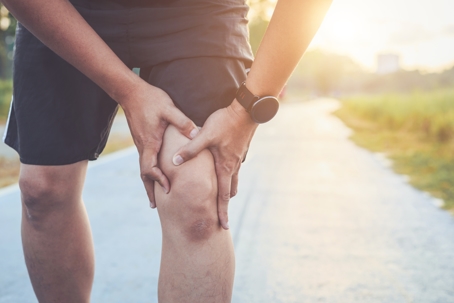This blog will discuss further the role of an exercise program in knee osteoarthritis (OA). Research has shown that exercise can reduce pain and improve physical function in knee OA. Key components of the exercise program include:
- Muscle strengthening:
- Strong muscles are important for shock absorption to dampen the load on the knee joint and for proper joint function.
- Key muscles are the quadriceps and hip abductors, but exercise may include strengthening for the core and whole lower extremity
- Strengthening after injury may help prevent early OA. Remember that one of the risk factors for developing early knee OA is injury such as ACL or meniscus tear. Often, insurance companies discontinue payment for physical therapy before the patient has completed their rehabilitation program and patients may have to do their late stage rehabilitation on their own. Without professional advice and support, the injured lower extremity may not regain 100% strength predisposing the patient to higher risk of OA.
- Neuromuscular retraining:
- These exercises aim to retrain functional stability and control of the entire lower extremity.
- Key exercises are balance and perturbation exercises, agility exercises, possibly plyometrics
- Flexibility:
- These exercises aim to optimize range of motion of the knee joint and muscles of the lower extremity
Reference:
- Ackerman IN, Kemp JL, Crossley KM, Culvenor AG, Hinman RS. Hip and knee osteoarthritis affects younger people, too. J Orthop Sports Phys Ther 2017; 47(2):67-79.
- Deyle G, Henderson N. Effectiveness of manual physical therapy and exercise in osteoarhritis of the knee. Annals Of Internal Medicine. February 2000;132(3):173-181.

